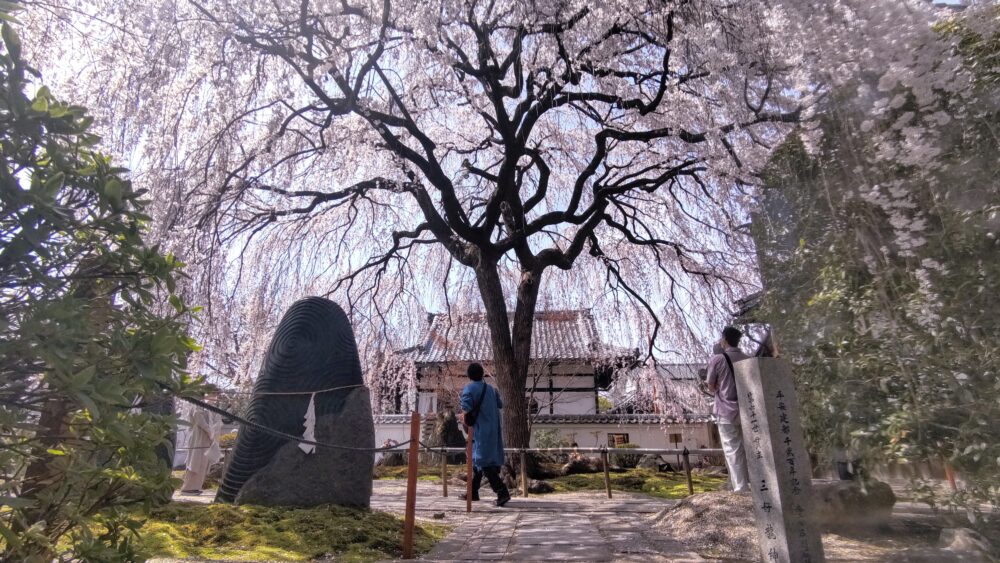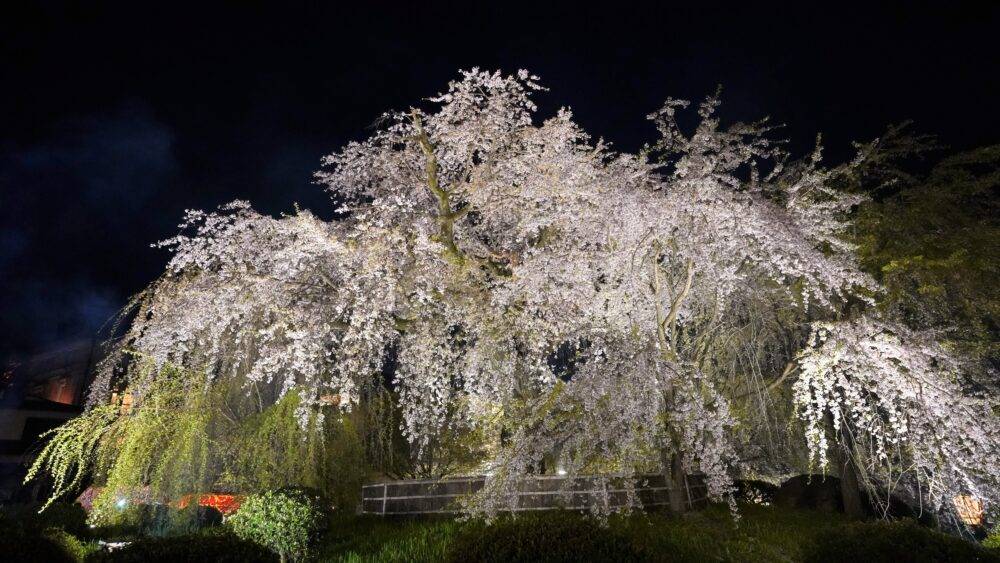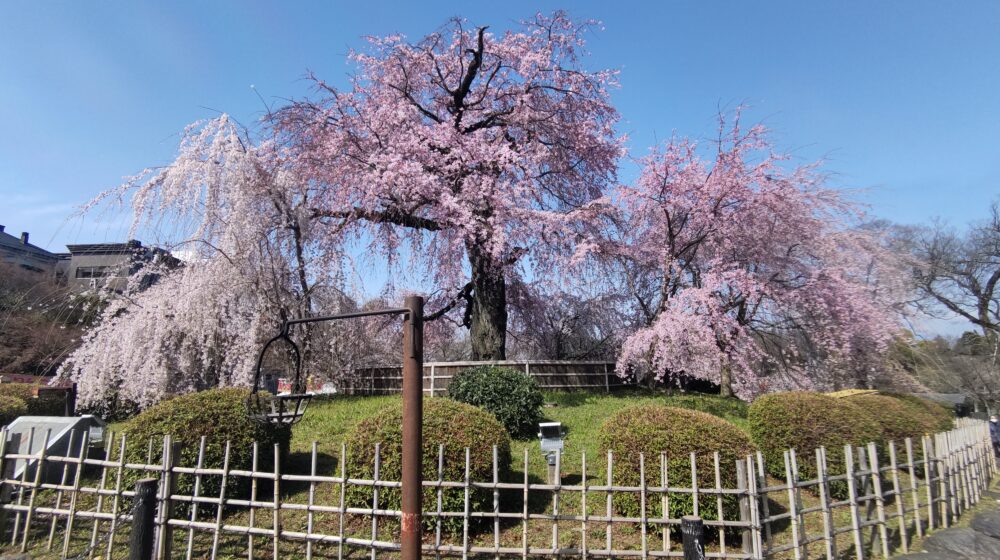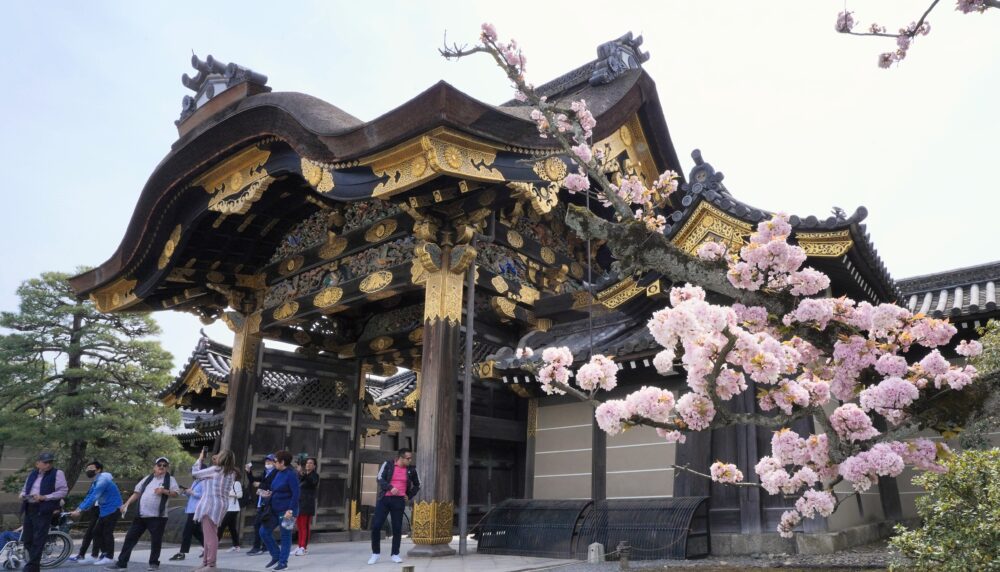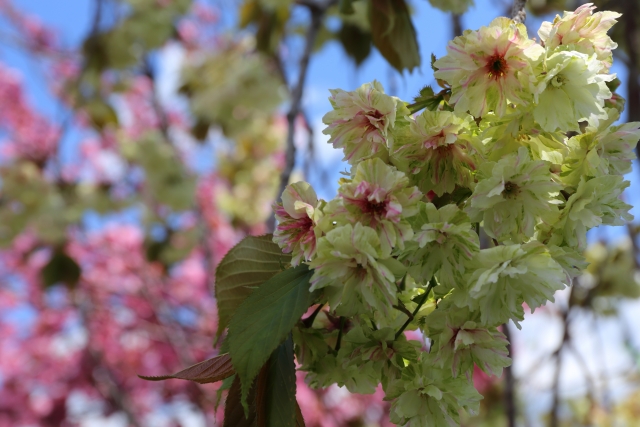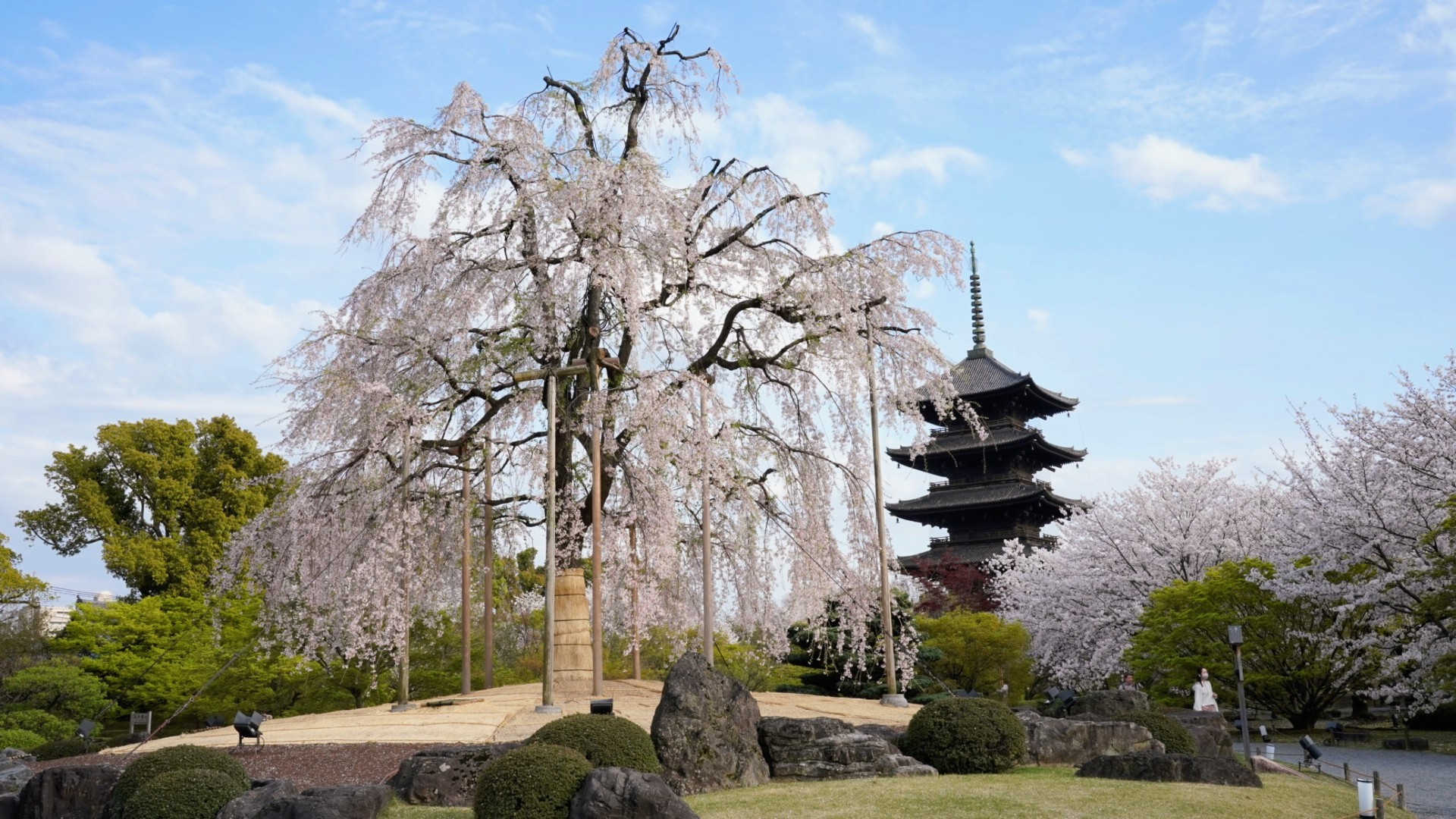Rokkaku-do(Choho-ji Temple) | All you need to Know in 2025
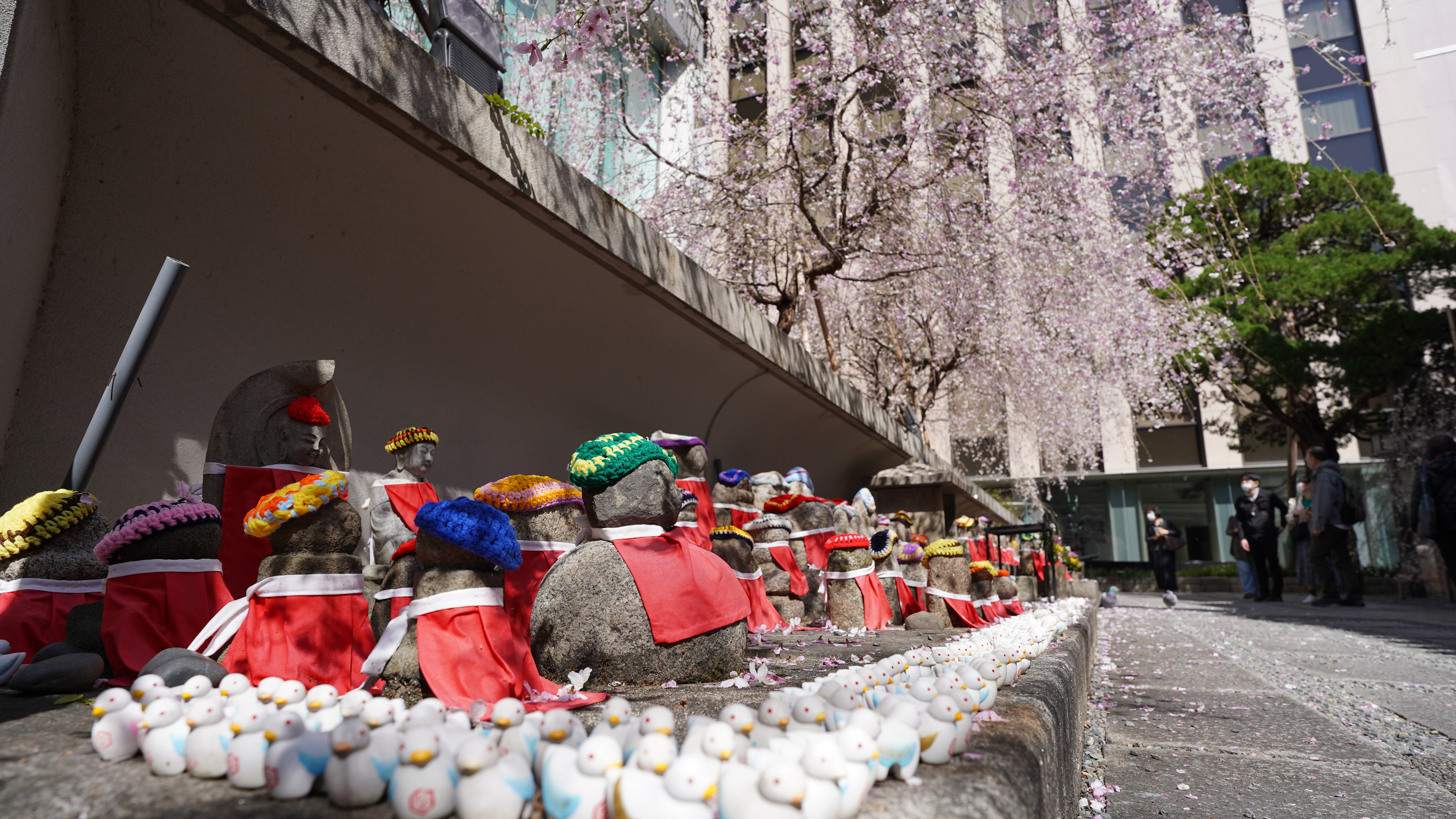
Tyoho-ji Temple is commonly known as Rokkakudo, which means Hexagon Temple in Japanese, because of its hexagonal main hall. This temple is famous as a cherry blossom spot and attracts many tourists.
It is also known as the birthplace of Ikebana (Japanese flower arranging), and there is an Ikebana Museum of the Ikenobo School and an Ikebana practice facility on its grounds.
History
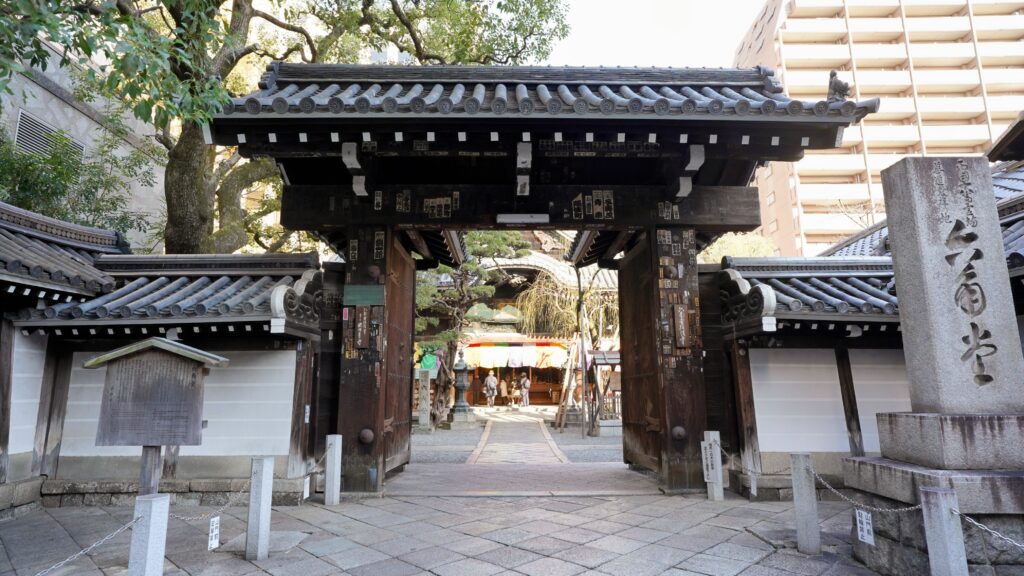
Prince Shotoku founded Tyoho-ji Temple in 587 while searching for wood to build Shitennoji Temple in response to a divine revelation. The main image of the temple is a seated statue of Nyoirin Kannon, Prince Shotoku’s personal Buddha.
In 1201, Shinran, the founder of Jodo Shinshu, Japan’s largest Buddhist sect, vowed to spend 100 consecutive days in seclusion at Rokkakudo Temple while training on Mt. Hiei. He is said to have descended from the mountain each night to spend the night at the temple, returning at dawn.
In the early 16th century, during the late Muromachi period, the temple’s head priest, Ikenobo Senko, developed the theory of ikebana while offering flowers to the Buddha, thus creating Japan’s first school of flower arrangement.
Best Season
There are many trees planted in the Rokkakudo Temple, and they bloom beautiful flowers in every season.
Spring ( mid to late March)
There is a beautiful early flowering weeping cherry tree known as Miyuki-zakura. The name was inspired by a haiku poem written by Emperor Kazan during his visit to Rokkakudo in 996.
One of the unique features of this cherry tree is the changing color of its petals. Initially, the flowers are a delicate pink, almost white, but gradually deepen to a rich pink. The tree typically blooms from mid to late March. The panoramic view from the nearby Starbucks Cafe is a popular spot for visitors to admire the cherry blossoms while sipping a cup of coffee.
Summer( July to August)
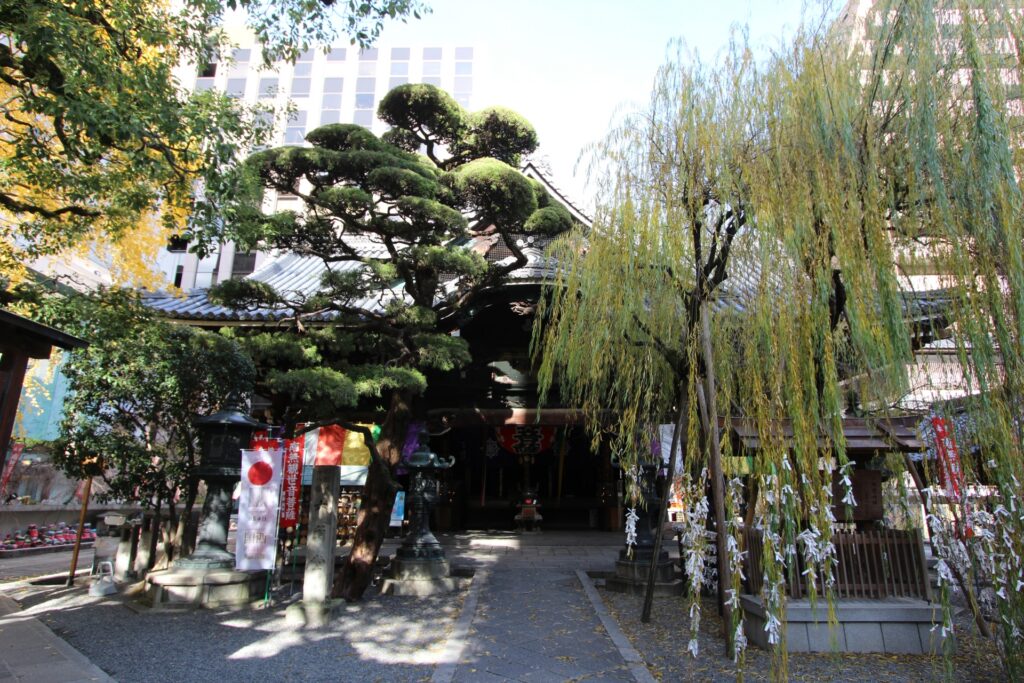
Rokkakudo is also a popular summer retreat. The temple has a magnificent weeping willow that provides a refreshing oasis with its green canopy during the hot summer months. Legend has it that Emperor Saga met a beautiful woman under this very tree, giving it its romantic nickname, the Matchmaking Willow.
Features
Rokkakudo Temple has a history of 1600 years and has historic buildings.
Main Hall
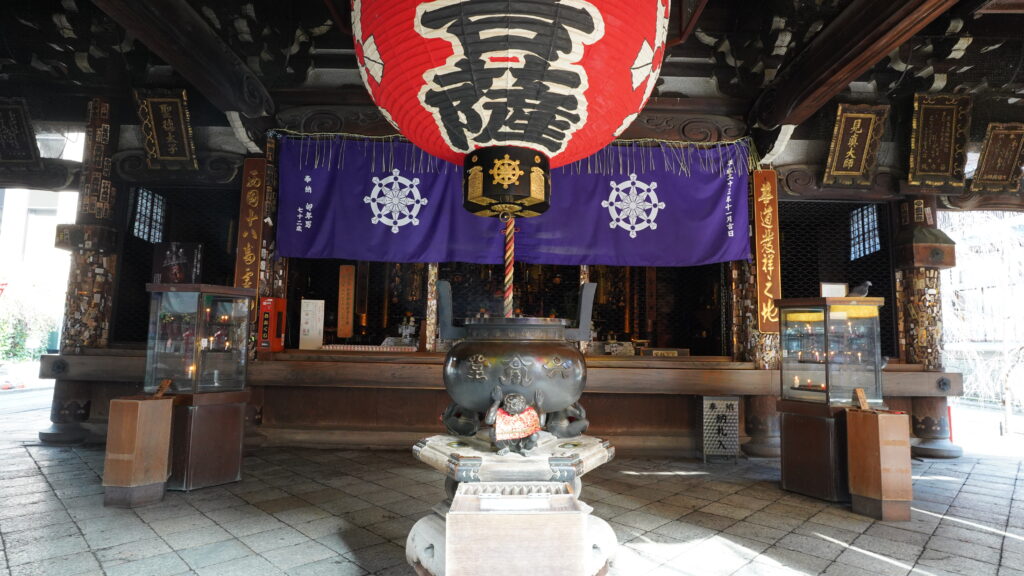
The main hall, rebuilt in 1877, has a characteristic hexagonal shape. In front of the main hall is a worship room with a large paper lantern and a statue of Kannon Bosatsu hanging from the ceiling.
Taishi-do Hall
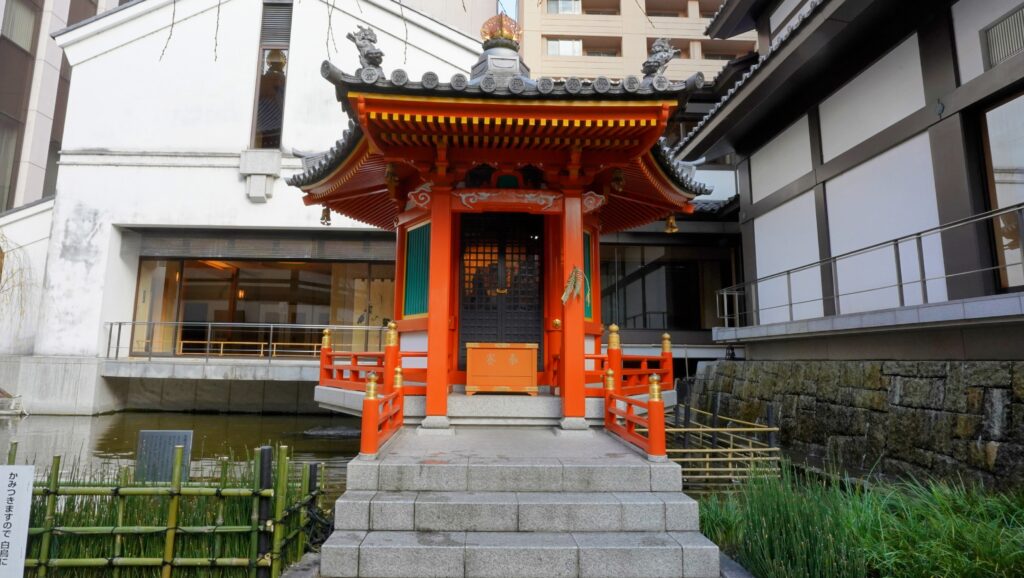
The building floating on the pond in the temple grounds is called Taishi-do, where Prince Shotoku, the founder of Rokkakudo, is enshrined. It is also called Kaisan-do.
White Swans
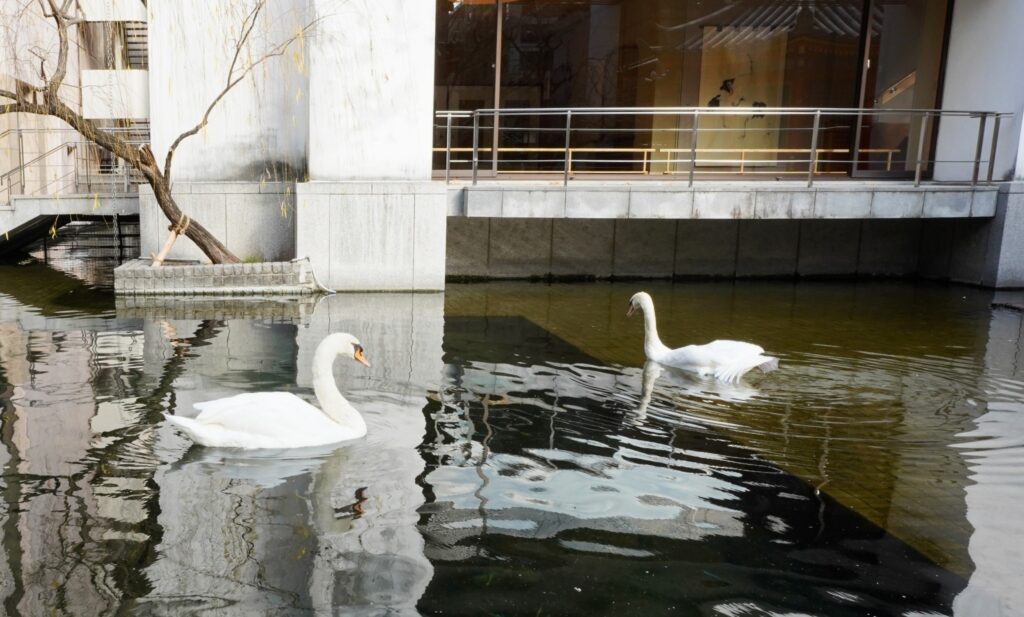
White swans swim gracefully in the pond near Taishi-do.
Jizo Statues
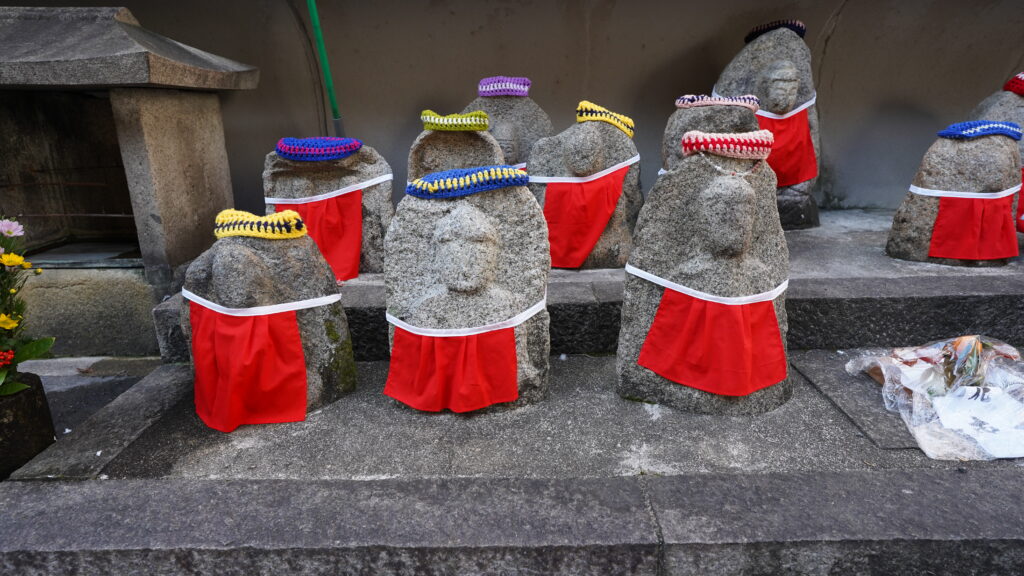
Many Jizo statues are enshrined in the temple grounds, where they are said to be engaged in ascetic training and constantly protecting people in a state of meditation.
Statues of the 16 Rakans
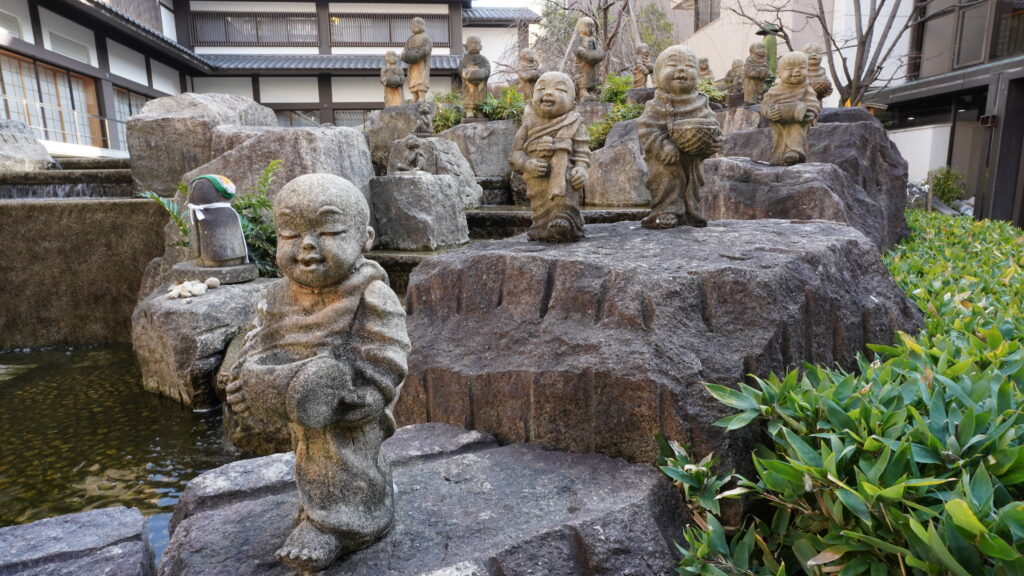
These are statues of the 16 Rakans, who are said to have vowed to protect Buddhism.
Ikenobo Building
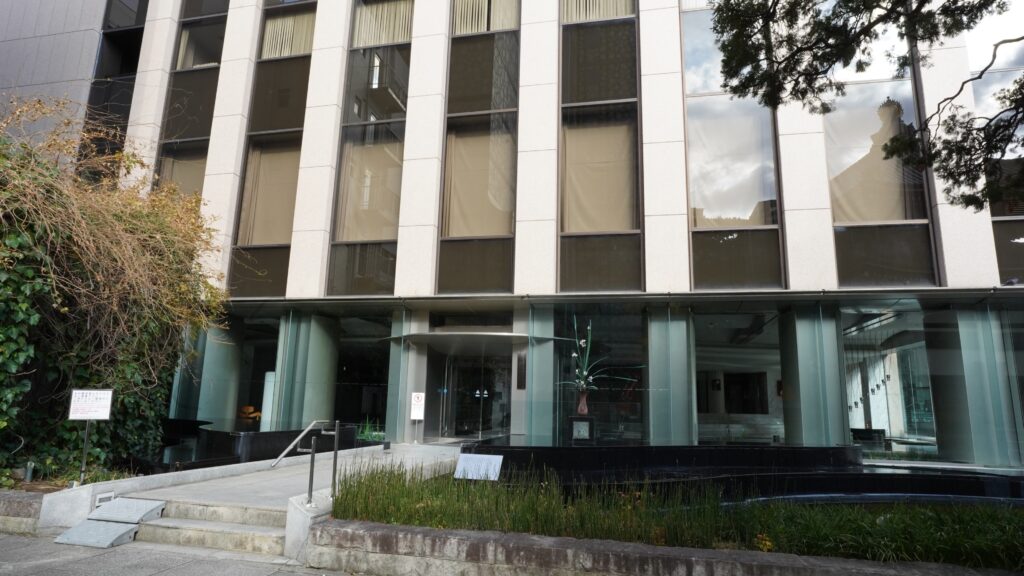
In the back of the temple grounds are the buildings of the Ikenobo School of Ikebana.
Information
Open Hour
6:00 a.m. – 5:00 p.m.
(The reception is open from 8:30 a.m. to 5:00 p.m.)
Entrance Fee
Free
Adress
〒604-8134 Kyoto, Nakagyo Ward, Donomaecho, 248
Links & Resources
Tyoho-ji Temple(Japanese Text Only)
Ikebo(English Text)
